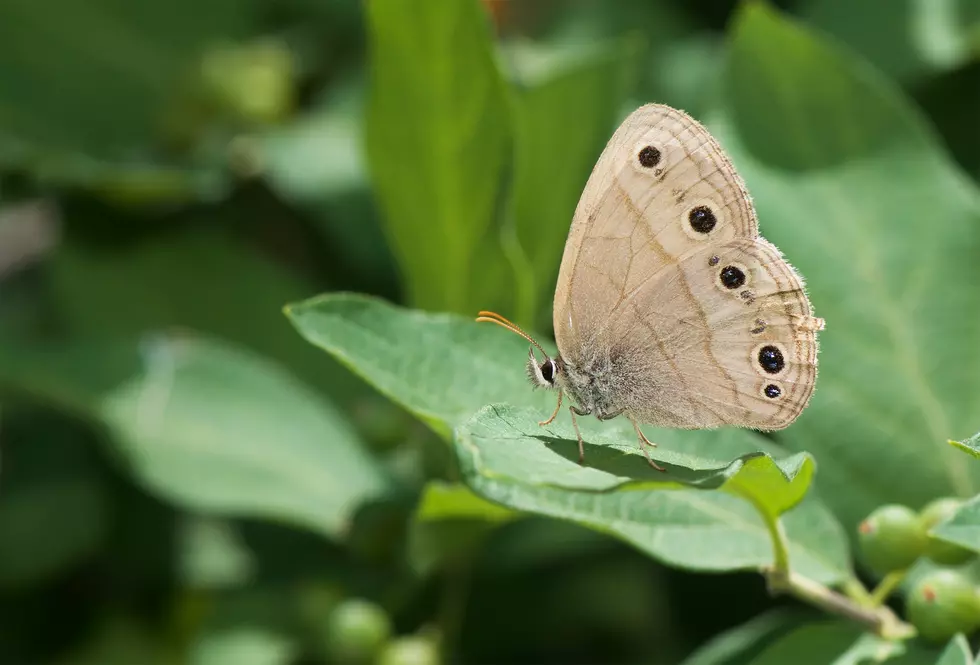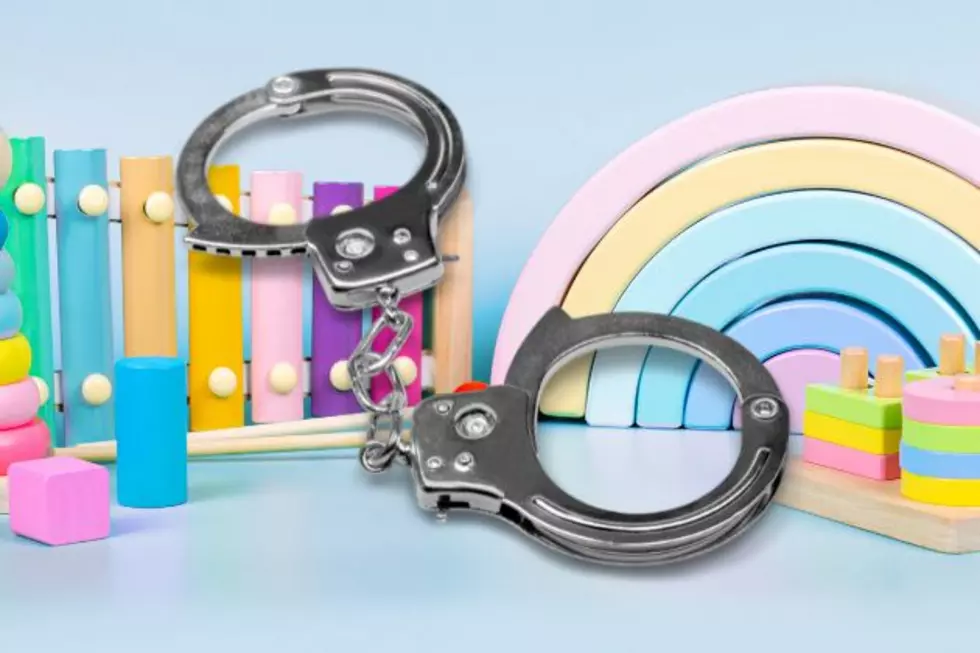
Go on a hike and learn about NJ’s native butterflies
Calling all butterfly enthusiasts!
The New Jersey Conservation Foundation will hold its third and final butterfly hike of the summer on Friday, Aug. 12 for anyone who wants to learn about these fascinating creatures and enjoy a bit of nature.
The hike is from 9:30 to 11:30 a.m. at Bamboo Brook Outdoor Education Center in Far Hills, said Bill Lynch, director of engagement and communications at The New Jersey Conservation Foundation.
The Foundation hosts three hikes during the summer, one each, in June, July, and August. Lynch said different species of adult butterflies can be seen on each hike because the adults are only active for a couple of weeks at a time. So, by the time the next hike rolls around, there’s a whole new suite of butterfly suites to enjoy.
He said there are between 115 and 125 documented species of butterflies in New Jersey. A couple of those have been vagrants that showed up once or twice in places like Cape May or extreme northern Jersey. But most of them are regularly occurring in the state.
“We have certain species that are widespread. You can find them in every county and different habitats. There are some other species that you can only find in very specific places. You might find them in a bog in the Pine Barrens or only in flowery meadows up in Sussex County,” Lynch said.
On the hike, people can expect to see double-digit species, which will include a couple of big showy species like Tiger Swallowtails, the big yellow and black ones. Of course, there are monarchs, which are very native to New Jersey, and the common species that will most likely be seen. Lynch said hikers may see another big orange butterfly called a fritillary.
“Then we’ll also probably see a few inconspicuous species called grass skippers and those tend to be more camouflaged and they hang out, surprise, surprise, in the grass,” Lynch said.
Naturalists from the North Jersey Butterfly Club, part of the NABA (North American Butterfly Association) will be leading the hike. Lynch said they are very knowledgeable when it comes to butterflies. They know every potential species people may see. They know what flowers the butterflies will be on, plus they’ll identify birds, snakes, and other cool insects along the way.
Butterfly hikers can expect to learn how to identify the butterflies they encounter, different markings on their wings, different sizes, what plants they might be on, and of course, some butterfly species are easier to identify than others.
Lynch said they’ll also learn about the ecology of some of the species---where they’re found, what the host's plants are for the caterpillars and what times of year you can expect to find them.
One butterfly that is native to New Jersey, and all too familiar with people, is the monarch. Their caterpillars are usually found on milkweed, which is a native Jersey plant, as well.
Unfortunately, the International Union for Conservation of Nature (IUCN) officially put the monarch butterfly on its endangered species list or its red list. Over the past 10 years or so, the monarch butterfly population has decreased between 23 and 72 percent.
Monarchs are very unique in the way they migrate, Lynch said. Adults migrate up to 3,000 miles from the United States and Canada down to their breeding grounds in Mexico. The next generations will move back north and that takes multiple generations. But, because they travel so far, they need to deal with habitat loss not only in their breeding grounds, say in North Jersey, but Mexico as well.
IUCN said the decline in the monarch population is due mainly to habitat loss, plus increased pesticide use, and climate change.
Lynch said to help protect the monarchs from extinction, it’s important to protect their habitat. Without healthy ecosystems that will support native host plants, these butterflies and other insects don’t have a chance.
“So, that means, actively fighting to preserve these lands, steward them, forest and open space, but also holding our politicians accountable, making sure they’re aware of these issues and they’re doing their part to enact legislation that will help protect all of these incredible, natural resources,” Lynch said.
Individuals can also plant native pollinator-friendly plants in their garden, volunteer, donate to conservation organizations, help remove invasive species, and educate their friends and family on all these issues, he added.
The most common monarch-friendly native plant people will put in their gardens is the milkweed. Lynch said they also produce pretty flowers that other butterflies will nectar on, too.
But do the research. Different native plants flourish better in different areas of the state.
To register for the butterfly hike, visit www.njconservation.org.
Jen Ursillo is a reporter and anchor for New Jersey 101.5. You can reach her at jennifer.ursillo@townsquaremedia.com
Click here to contact an editor about feedback or a correction for this story.
Some of New Jersey's Native Plants
More From New Jersey 101.5 FM









